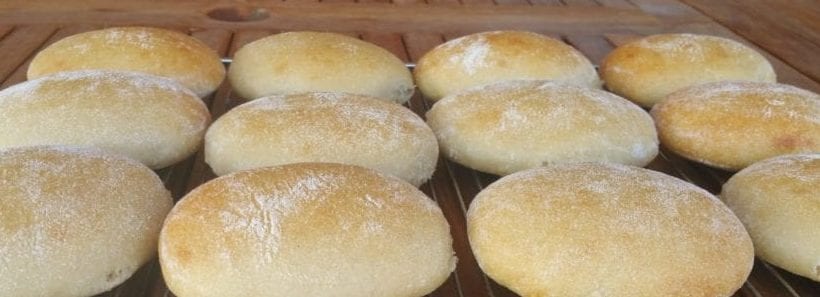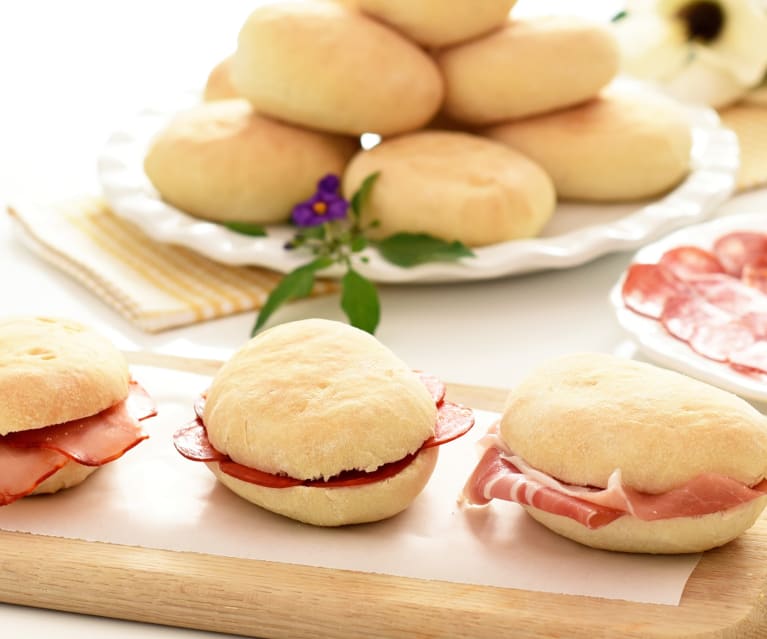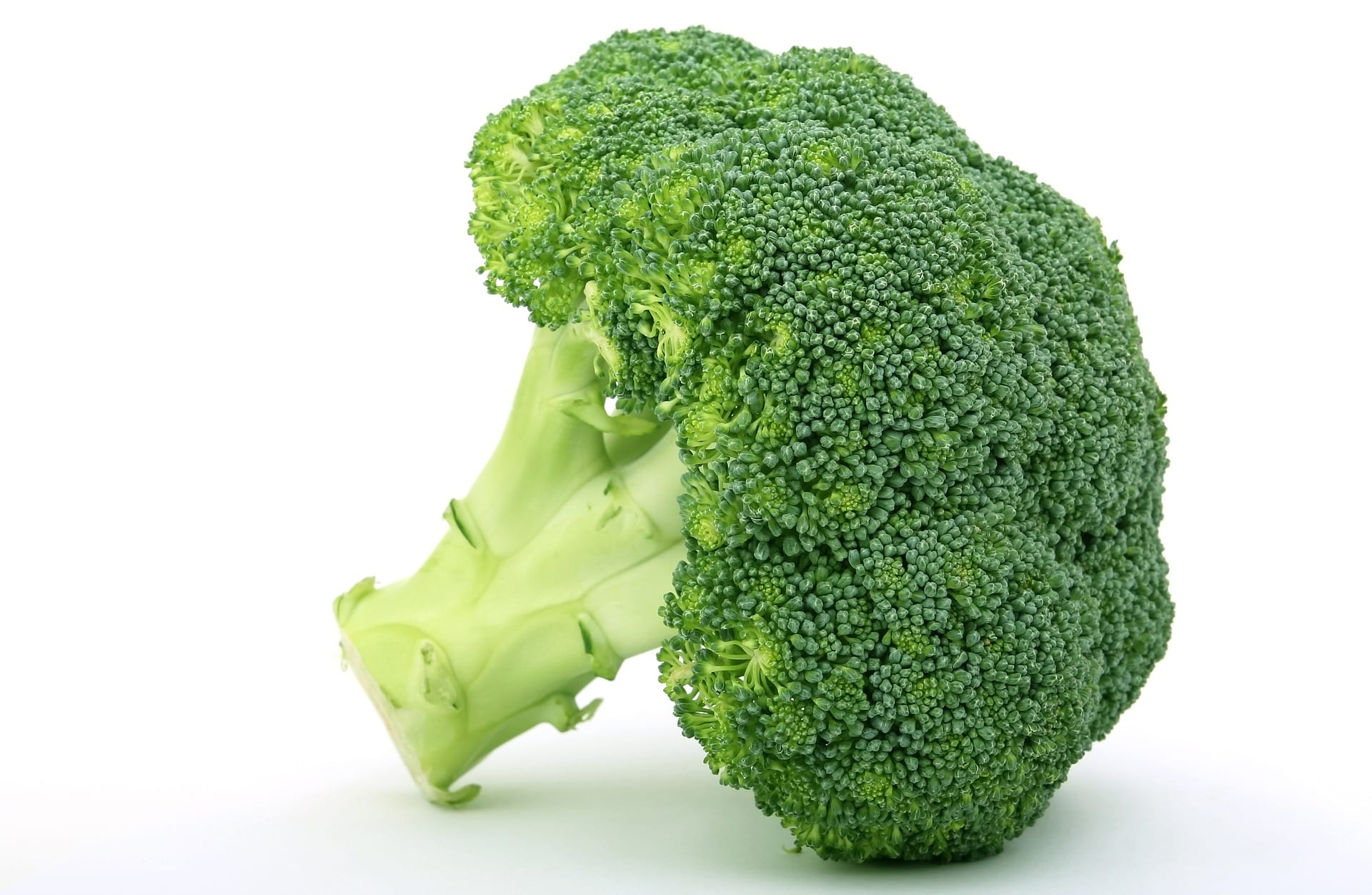It has a funny name, a particular and characteristic shape and even now a Protected Geographical Indication. That of Antequera muffin, Malaga municipality that gives its name to a type among the loaves of bread that differs from the rest in various ways. For example, it should be noted first that it is the softest and fluffiest bun that exists in the national bakery. Its greatest roots since its birth in times past was located in Andalusia, where it can be found frequently. Now this product made in Málaga it has another level. Next we will tell you its origin, how it is and why it has achieved its PGI.
Arab origin
Although it is not known with certainty, it is believed that this type of bread was introduced to the Iberian Peninsula by the Arabs, finding greatest popularity in its consumption within the Andalusian territory. In this way it began to be taken as staple in every breakfast typical of the autonomous community. Of course, its enormous tradition was maintained in all Andalusian towns, beyond the province of Malaga. However, it was in the town of Antequera where that bond remained powerfully ingrained, more so than elsewhere.

If we want to specify its origin more, we have to go back to 1775, from when the first reference in history about the Antequera muffin. A certain Manuel Esbrí was authorized to knead pan french and muffins in said Malaga municipality. However, that name that was put had even more past, because another document of 1554 I was quoting a recipe for muffins. Without specifying that it was a piece of bakery, it did refer to a type of preparation with flour that was later passed through the oven.
A curiosity of this name is that it comes from the word "spring", which defines a soft food that, when pressed, acts like this. As early as 1938 it was Don Juan Paradas Perez the Malaga baker in charge of starting to popularize this product, subsequently continuing the tradition in subsequent generations. Therefore, thanks to the Paradas family the Antequera muffin It is known throughout Andalusia and even outside of it. But how is this bread?

Characteristics of the Antequera muffin
With a soft and undercooked crumb, its size is small, in the style of a roll that is ideal to eat for breakfast. Next to some spread ingredient (cheese, pate, jam, etc.) or squeezed tomato with EVOO and a pinch of salt. A gastronomic delight that fits in crowd of recipes that is obtained in a completely artisan way and offers a particular Oval shaped or elliptical, sometimes irregular.
Its texture is fluffy and its more vanilla tone color that is accentuated at the edges. On the palate it is a bread of Smooth flavor while smelling it brings out a typical aroma of handmade food, due to its little cooking. Another feature of the Antequera muffin is that it presents a thin outer layer of flour, that left over from its elaboration. Healthy, fat-free and very versatile, it is a supplement that fits very well into the Mediterranean diet. In addition, it is very simple to make at home, because its recipe is easy to follow with few ingredients, without being an expert baker.
Achievement of your IGP, why?
Excellent news for this Malaga food is that this Tuesday, November 17, 2020 has achieved its Protected Geographical Indication (PGI), after registration by the European Commission. After the process from the application to being finally enrolled, some time always passes. Just one aspect that they have valued in Brussels to give the distinctive seal of your the origin. A production with centuries of history in the municipality that has been recognized because it has lasted uninterruptedly until today.
Apart from this aspect, the distinction refers to the bread roll that has been produced, transformed and elaborated in the Malaga area that protects the PGI, at least in one of those processes. This is how he describes this specific product with its texture «tender, soft and smooth»Together with some aromas«intense«, Those that give you a«high sensory quality«.
So now you know, if you want to enjoy the Antequera muffin, you can prepare it with plain flour, water, salt, fresh yeast or freeze-dried baker's yeast and virgin olive oil. After creating it successfully, the key to tasting it to its optimum point is the final roast (before eating it). Experts recommend pricking it first before placing it in suspension over a burning stove. This way it is perfect, although in toaster or oven about three or four minutes is also worth it.






